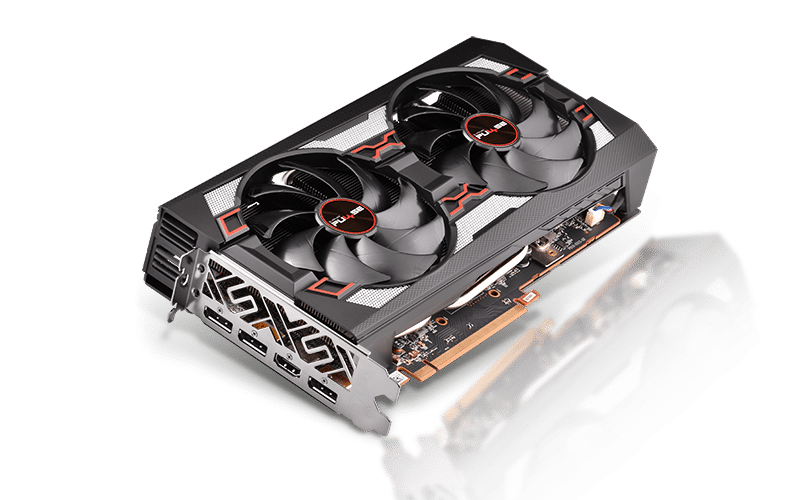During CES 2020, AMD unveiled the new mid-range card Radeon RX 5600 XT, which will offer good performance for gaming in 1080p resolution at a reasonable price. The idea was that the graphics card with its recommended price of 279 USD would position itself well below the Geforce RTX 2060 and its 349 USD.
However, Nvidia is not on its hands but met AMD with a price reduction on RTX 2060, which is reduced all the way down to 299 USD. According to information from HKEPC, AMD in turn counters this by making the RX 5600 XT faster, which is strengthened by the fact that the partner manufacturer Sapphire has updated its official specifications.
Sapphire Radeon RX 5600 XT | Sapphire Radeon RX 5600 XT (updated) | |
|---|---|---|
Graphics circuit | Ships 10 XLE | Ships 10 XLE |
Streamprocessorer | 2 304 st. | 2 304 st. |
Playing frequency | 1 560 MHz | 1 615 MHz |
Boost frequency | 1 620 Mhz | 1 750 Mhz |
ROP | 64 | 64 |
Texture units | 144 | 144 |
Memory bus | 192-bit | 192-bit |
Memory amount | 6 GB GDDR6 | 6 GB GDDR6 |
Memory frequency | 12 000 MHz | 14 000 MHz |
Memory bandwidth | 288 GB/s | 336 GB/s |
TDP | 150 W | 160 W |
Price level | 279 USD | 279 USD |
Specifically, AMD is said to have sent out a new BIOS to partner manufacturers, which increases performance. For the Sapphire Pulse RX 5600 XT, this means a step from 1,560 to 1,615 MHz in playing frequency, while the turbo frequency rises from 1,620 to 1,750 MHz. In the latter case, it includes an increase of eight percent. The card’s 6 GB GDDR6 memory is also increased from 12 to 14 GHz, which significantly increases the memory bandwidth to 336 GB / s, corresponding to 17 percent.
The Radeon RX 5600 XT is based on a scaled-down variant of the Navi 10 circuit, which is also found in the big brother RX 5700. The difference is primarily that the RX 5600 XT comes with a narrower memory bus of 192 bits and lower clock frequencies, while the number of stream processors is 2,304 for both the graphics card.
It is worth pointing out that the increased clock frequencies also increase the power consumption marginally, from 150 to 160 watts. With the new frequencies, the card should end up closer to the Radeon RX 5700 and not least the competitor Geforce RTX 2060, which with its new price point is in a direct collision course with AMD’s middle class.















